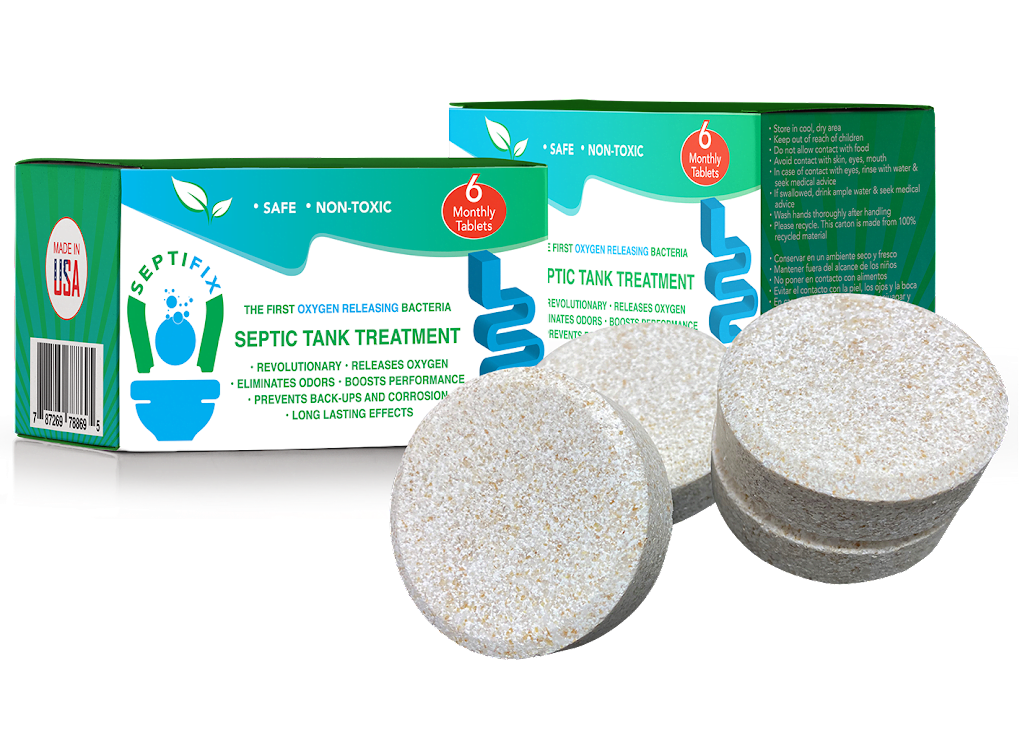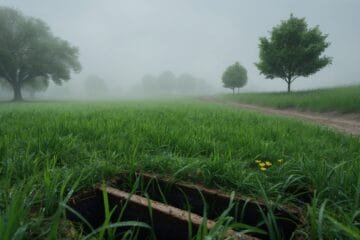The symbiotic relationship between plants and their environment is evident in every lush garden or sprawling landscape. But sometimes, nature’s quest for nourishment can clash with human-made systems, particularly when it comes to septic tanks. Root intrusion into septic systems is a common yet under-discussed challenge that many homeowners face, often with costly consequences.
Causes:
- Seeking Moisture: Plants and trees, in their perpetual search for water and nutrients, extend their roots deeper and wider into the soil. Septic systems, with their consistent moisture and nutrient levels, can inadvertently attract these probing roots.
- Water-Loving Species: Certain plant species are more aggressive in their pursuit of water. Willow, poplar, and some species of maples, for instance, have notorious reputations for infiltrating water sources, including septic systems.
- Pipe Vulnerabilities: Over time, the pipes connected to the septic tank may develop tiny cracks or fissures. These minor vulnerabilities can become gateways for fine roots to penetrate and expand.
Prevention:
- Strategic Planting: The foremost preventive measure is to be cautious when planting trees or large shrubs near a septic system. It’s advisable to keep a minimum distance—often recommended as 10-25 feet or more, depending on the tree species—between the system and any significant plantings.
- Barrier Installation: Installing root barriers made of metal or plastic can help direct tree roots deeper into the ground and away from septic systems. These barriers, when placed between the tree and the septic system, can act as effective deterrents.
- Regular Inspections: Periodic checks for root intrusion, especially if large plants or trees are nearby, can prevent minor problems from escalating. Homeowners can work with professionals who can use cameras or other techniques to inspect the pipes and the tank for any signs of root interference.
- Use of Root Killers: While not always recommended due to potential environmental concerns, certain root-killing chemicals can be introduced into the system to deter growth. However, this should be done under the guidance of professionals and with awareness of any ecological implications.
- Root-Resistant Pipes: If planning a new septic installation or replacing parts of an old one, considering pipes that are designed to resist root growth can be a good investment. These are typically jointless or have specially designed joints to minimize root infiltration.
In summary, root intrusion exemplifies the unintended conflicts between natural growth and man-made systems. While the trees and plants aren’t inherently harmful, their interaction with septic systems can lead to blockages, reduced efficiency, and, in worst cases, system failure. Through informed landscaping choices, regular inspections, and timely interventions, homeowners can strike a harmonious balance between lush greenery and a fully functional septic system.

SEPTIFIX will save you hundreds, if not thousands of dollars each year, because your septic system will run smoothly and you won’t have to worry about calling the pumpers or a plumber for a fix!
Click here to save up to 50%


